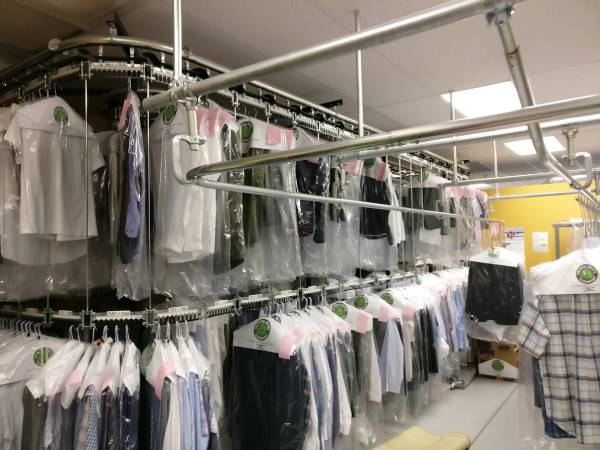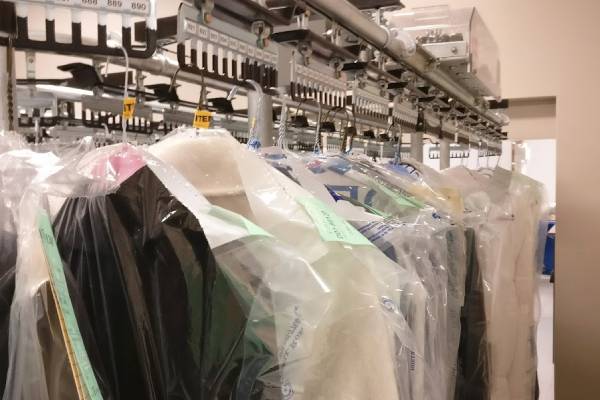Garment Warehousing Rail Systems – Ease the Tasks of Garment Industry
Garment railing systems are best way to handle and process hung garments quickly and effectively. The railing systems consists of two galvanized steel tube sections welded to form a rigid truss section. The trolleys are added to load garments and carry the railing and through the warehousing system to the required area. The garments can be easily removed from the trolleys and stored on adjustable racking.
Growing demand of clothing has also increased the demand of garment warehousing conveyor system. Such systems are used for medium and light products are especially used in the storage of textile products. Depending on the customers’ product dimensions and planning, an adjustable modular system is made. The warehouse racking system is simply ideal for use with a single row or back-mounted conveyor units. These conveyor units are best used to hang clothes including coats, jackets, shirts, blouses, etc.

It is true that in the garment industry, product warehouse circulation is done at rapid speed. Together with product designs that vary throughout the annual sales seasons, the textile and garment sectors in the warehouses of many different categories are circulating the storage space with high circulation speed.
Hanging racking systems are considered one of the most efficient storage system for the garment industry. They are usually more convenient to use in an indoor environment and used with multi-floor racking systems. Moreover, these systems ensure high efficiency by offering useful storage space to the users.
Benefits of Using Advanced Garment Warehousing Rail Systems
• Ensure increased warehouse storage capacity
• Provide reduced warehouse operating costs
• Hassle-free alteration or relocation as per requirement
• Quality systems are very competitive in pricing
• Less disruptions to existing operations.
Garment warehousing rail systems are best designed to easily fit into a shipping container with no tools required. The system has locking pins. The system incorporate locking pins and coupled to the warehouse railing system through a standard bridging section. The loaded trolleys are pushed into the container ready for a bridging section and the trolleys are rolled onto the local distribution warehouse system. These rail systems deliver the garments from the international manufacturing premises to the local distribution warehouse in pristine condition removing the costly reprocessing of the garments.

The best garment warehousing rail systems are fully modular so they can be easily moved from one container to another without the need for assembly tools. Garment racking systems used for medium and light products are especially used in the storage of textile products. Depending on the customers’ product dimensions and planning, an adjustable modular system occurs.
So whether simple and non-motorized, or developed with automated logic, warehousing rail systems are built for your operations. They are efficient and cost-effective solution for storing and sorting large volumes of garments on hangers.
.jpg)


Comments
Post a Comment